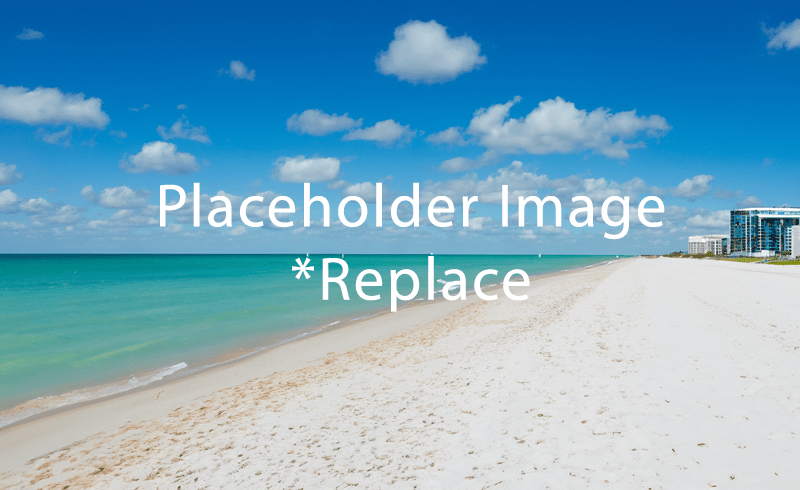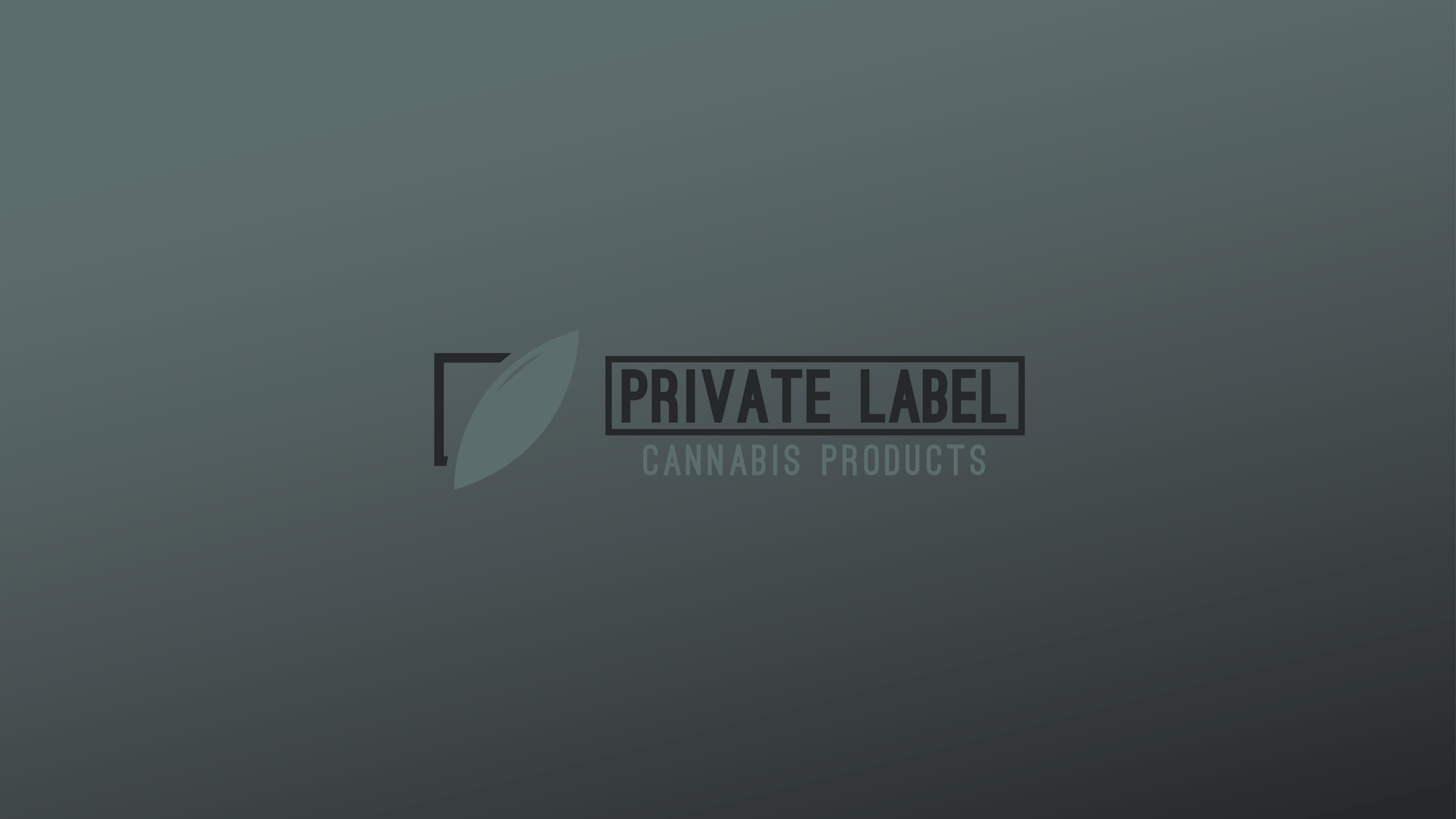Here’s the business case, in plain terms: private label cannabis can be more lucrative than national-label inventory—when it’s run with discipline. Brands and multi-store operators are facing persistent price compression and promotion intensity that eat margin. In that environment, controlling more of the product economics (from sourcing to shelf) is one of the few reliable ways to rebuild pennies per dollar.
Start with the margin backdrop. Retail cannabis has endured month-over-month price declines into 2025, and the data is blunt: every ratchet up in discounting shaves gross margin. Operators aren’t just selling more units—they’re paying for volume with profit. That’s exactly why owned or exclusive brands are attractive: they restore pricing power at the SKU and basket level instead of conceding it to endless promo cadence.
Now compare structural margins. In mainstream CPG, private brands routinely deliver meaningfully higher gross margin—often roughly double—than national brands, driven by fewer trade dollars, captured manufacturing mark-ups, and “designed-to-cost” bills of materials. While cannabis is a regulated category with extra friction, the same math applies when retailers and brand owners manage specs tightly and build real product equity rather than just a cheap alternative. Notably, sophisticated retailers now use private brands to differentiate and build loyalty, not merely undercut price.
Demand is cooperating, too. Globally, shoppers embraced private label through 2024–2025, citing value and improved quality; growth in private label’s value share has been broad-based, with continued stabilization into 2025. That consumer “muscle memory” transfers into cannabis categories where equivalency and dosing standards help lower the perceived risk of trying a store or partner brand—especially when quality and packaging credibly signal trust.
On the supply side, private label lowers capital intensity and accelerates speed-to-market. Via reputable white-label partners, brands can launch pre-rolls, vapes, gummies, or beverages without building extraction labs or kitchens. Industry operators report go-to-market budgets in the tens of thousands rather than the seven-figure investments required for in-house manufacturing—freeing cash for brand building, in-store activation, and loyalty programs that actually move baskets.
The unit-economics flywheel comes from mix control. Private label allows tighter SKU architecture, standardized components, and purposeful tiering (value, core, premium). That structure reduces BOM variability, curbs promo dependence, and stabilizes realized price as markets swing. Layer on steady U.S. sales growth forecasts for 2024–2025 and the case strengthens: operators can lean into owned lines to capture more of the upside while insulating against category-wide markdowns.
Caveats matter. Compliance is costly and fragmented across states, with licensing fees, packaging rules, and ongoing reporting that must be budgeted—especially as regulators harden enforcement. More problematic, inconsistent testing standards across jurisdictions create delay and recall risk that can erase margin gains overnight. Any private label strategy needs rigorous supplier qualification, harmonized QA/QC SOPs, and contingency planning for multi-state lab variance.
Execution is where the margins appear. Retailers capture vertical value by negotiating bulk biomass or distillate, standardizing inputs, and reusing packaging dies across families of SKUs. Marketing shifts from paid media to owned channels—menu placement, budtender advocacy, and loyalty communications—where conversion is highest. Start in standardized categories (pre-rolls, gummies, carts) to prove quality and velocity; then expand into beverages and wellness topicals where controlled innovation and premium formats can lift basket size without promotional burn.
So, are private label cannabis products more lucrative? In many cases, yes—particularly for operators with scale in sourcing and shelf execution. The winning playbook: a clear value proposition beyond “cheap,” disciplined tiering that protects premium price points, supplier governance and data-driven costing, and consumer-tested quality that confidently sits beside flagship names. With those pieces in place, private label shifts from a discount crutch to a margin-accretive growth lever in a market where pennies matter.


